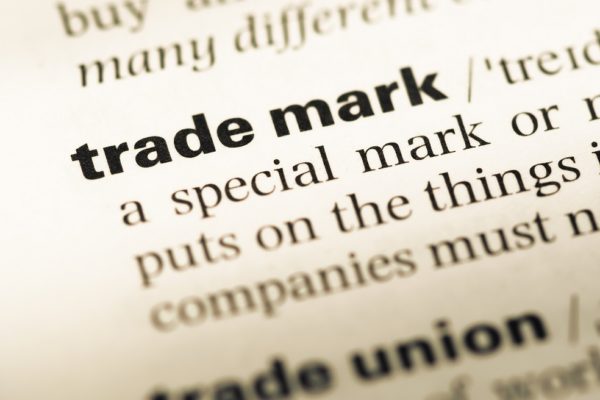Can you trade mark a heart?
Written by Éamon Chawke | August 15, 2023
The Board of Appeal of the European Union Intellectual Property Office (the Board) has refused to recognise as valid a trade mark for the 3D shape of a bread roll featuring a heart. It looks like this:

The decision was reached on the basis that the mark does not possess the necessary minimum degree of distinctive character. The board made a number of points which trade mark applicants should bear in mind.
First, the Board confirmed the now well-established principle that consumers are not used to making assumptions about the origin of products and brands based on shapes alone (i.e. in the absence of another brand identifier such as a brand name or a brand logo). For that reason, it is more difficult for applicants to establish the necessary minimum degree of distinctive character in relation to 3D shape marks. The prevailing wisdom is that “only a mark that departs from the norm and customs of the sector” is likely to be considered distinctive enough to be registrable as a trade mark.
Second, the Board also noted that because the relevant goods are fast-moving consumer goods (i.e. edible goods) that average consumer / member of the public is likely to purchase the goods quickly without paying a particularly high degree of attention at the point of purchase. In other words, the average consumer is even less likely to understand that the 3D shape of a bread roll featuring a heart is a trade mark because of their relatively low level of attention.
Third, the Board noted that a key feature of the mark was the heart-shaped decoration pressed/based on to the bread roll. A heart is a simple geometric shape which is commonly used to symbolise affection, attachment or enthusiasm. It therefore has a laudatory/promotional effect. In addition, the use of a heart symbol in the bakery industry generally is common/customary, further undermining any argument that the 3D shape possessed any distinctive character.
They key point to take away from this case is that the 3D shape of a product is unlikely to be registrable as a trade mark unless the applicant can show that the mark deviates in a significant way from the norm and customs of the sector. For example, a recent success story is the 3D shape of the Tic Tac box, which the Italian Supreme court found was a valid trade mark earlier this year.
Briffa can advise on all aspects of trade mark law and practice, including trade mark searches, applications, refusals and oppositions. If you would like to discuss the protection of your brand and how we can help, please do not hesitate to get in touch.

